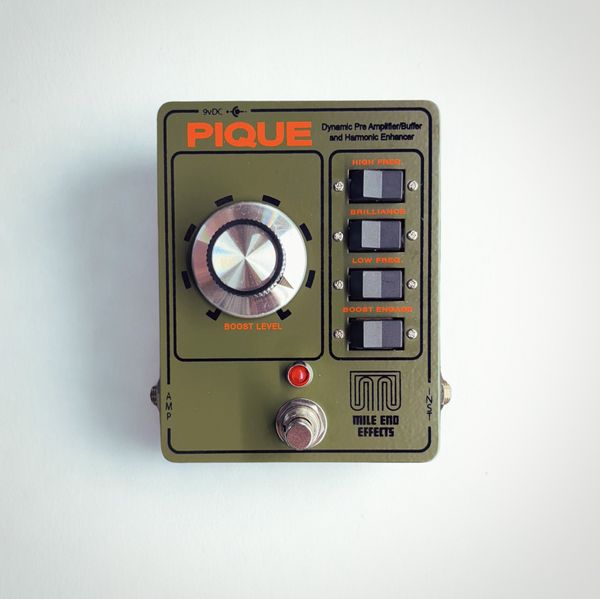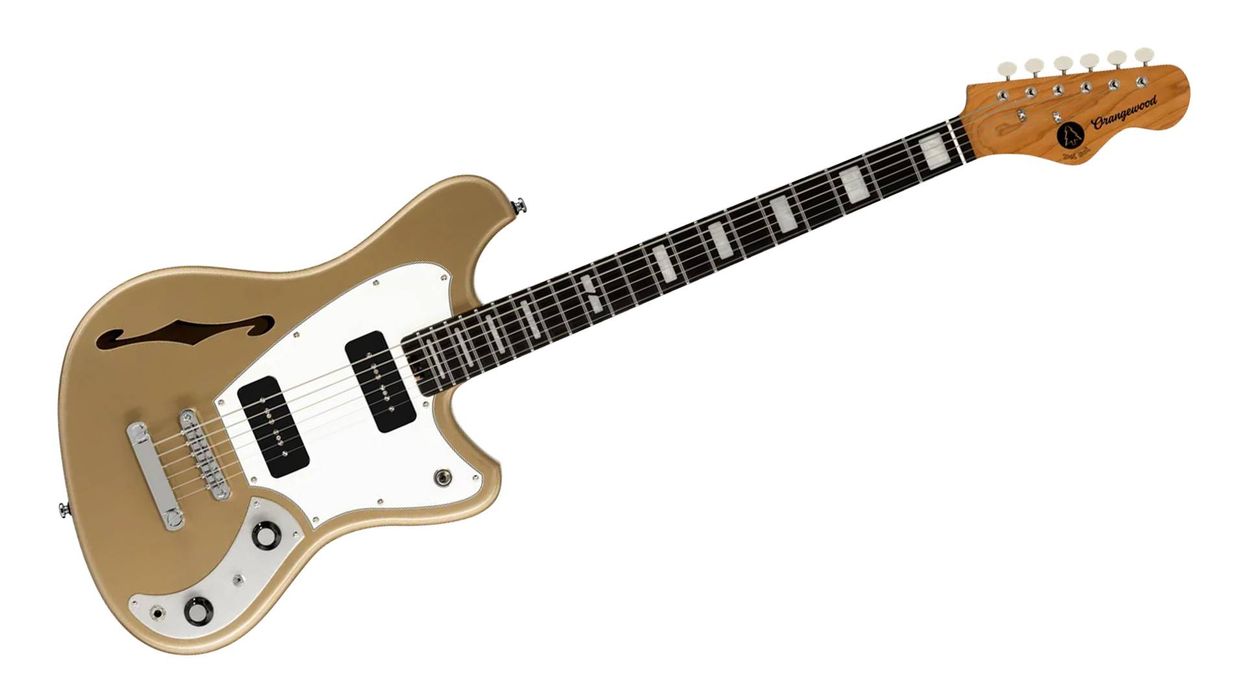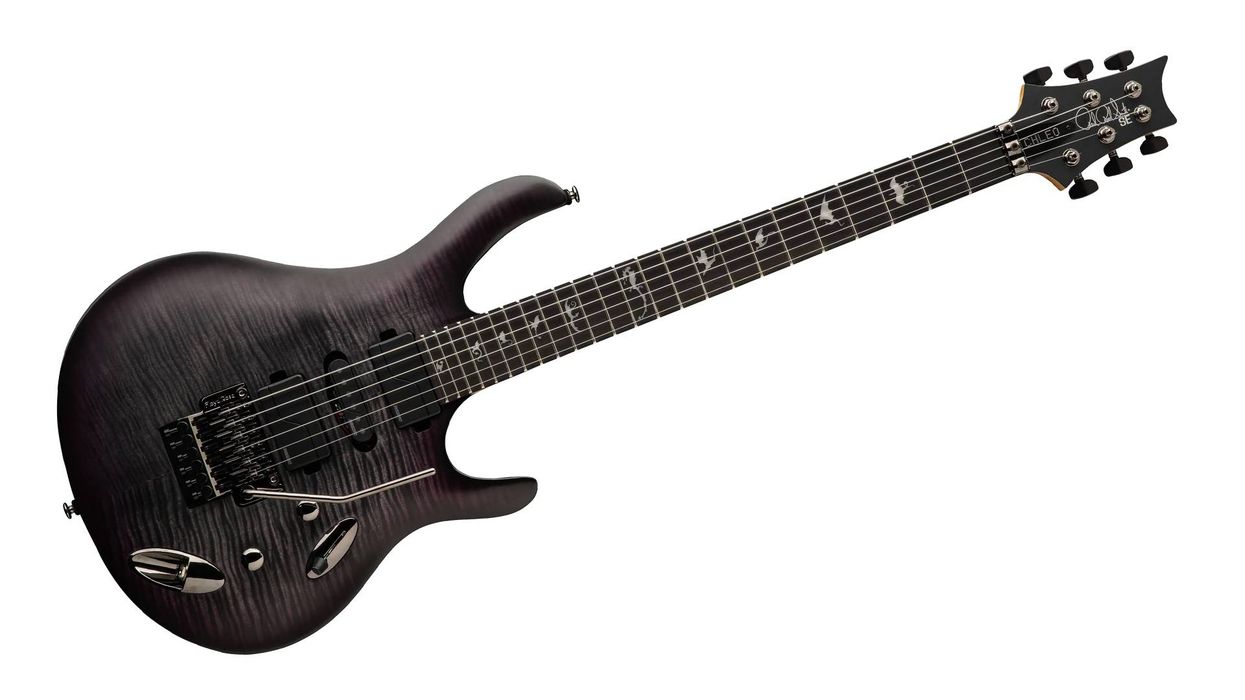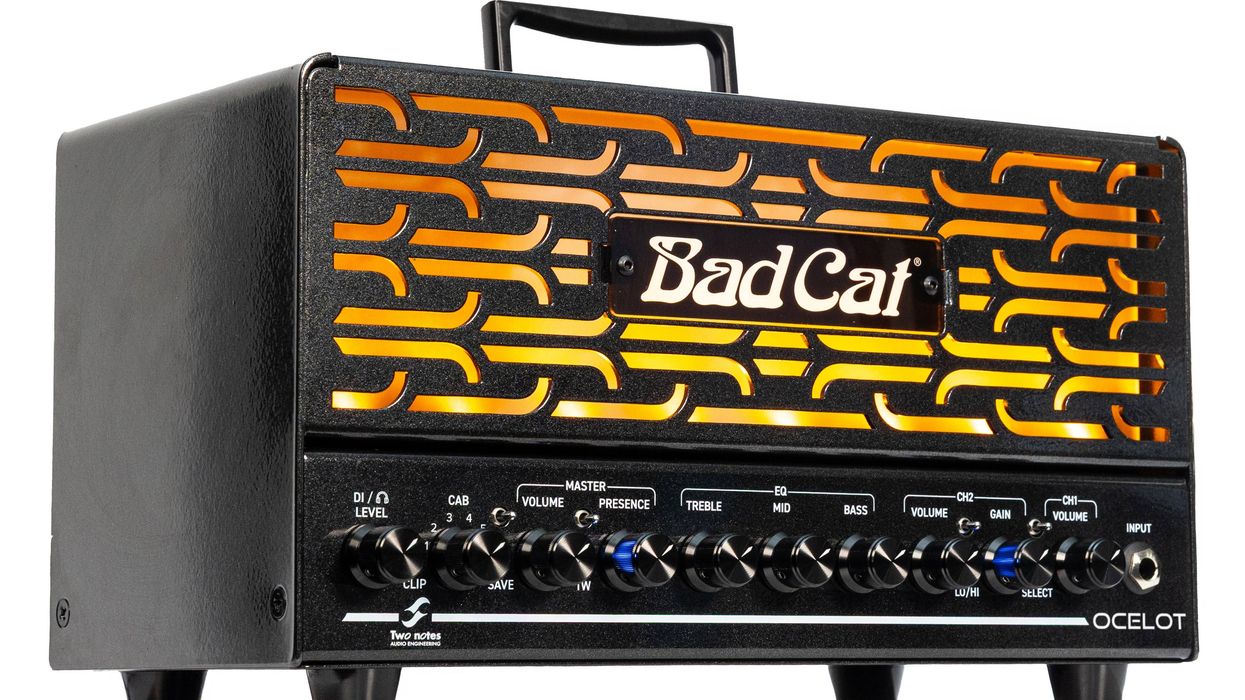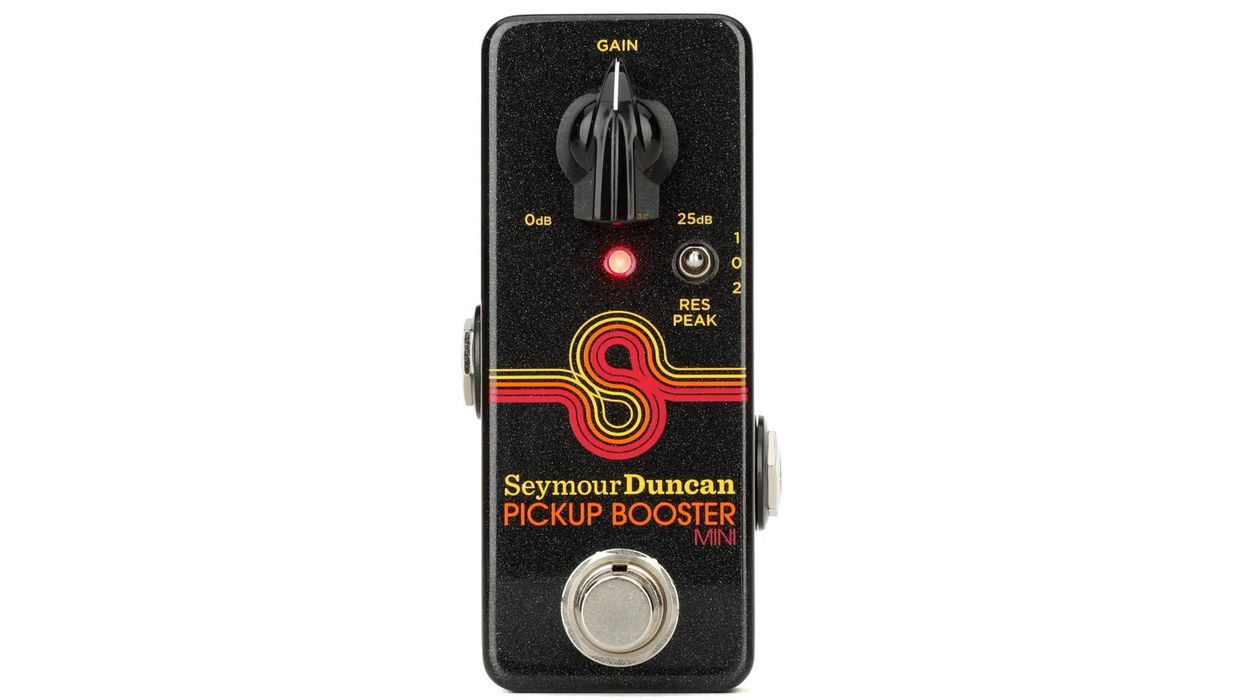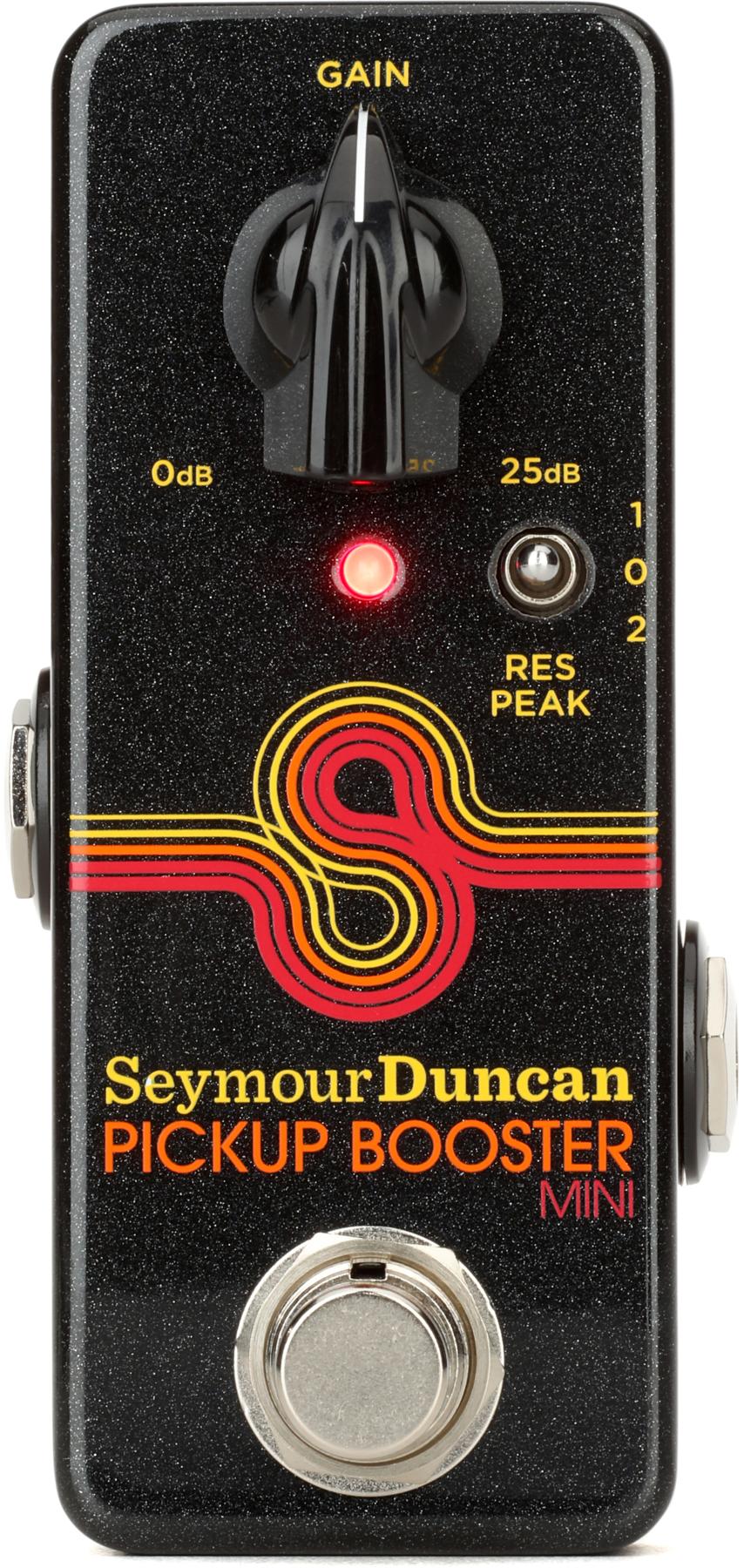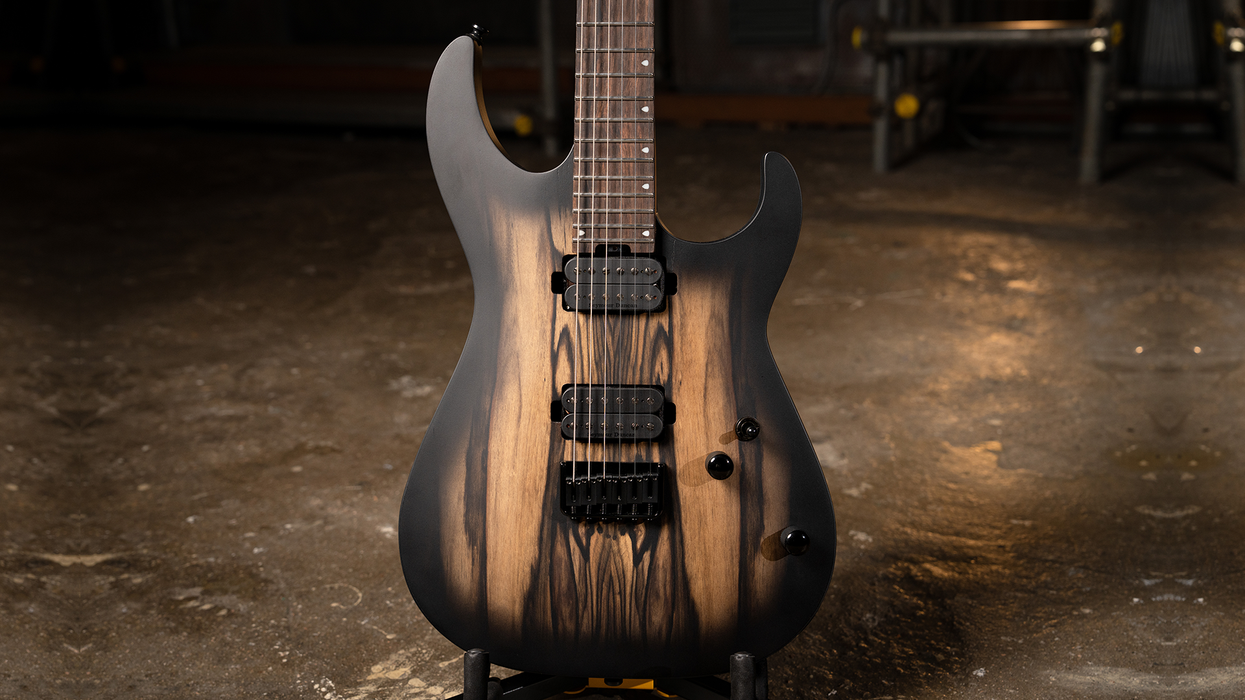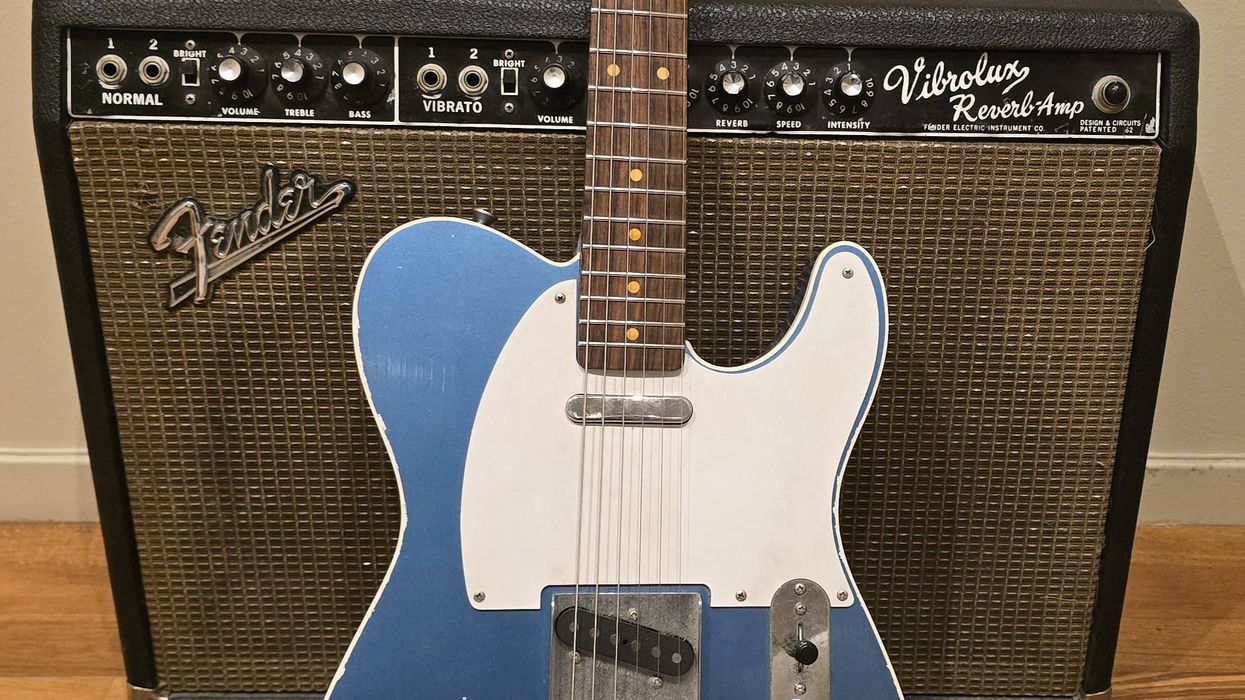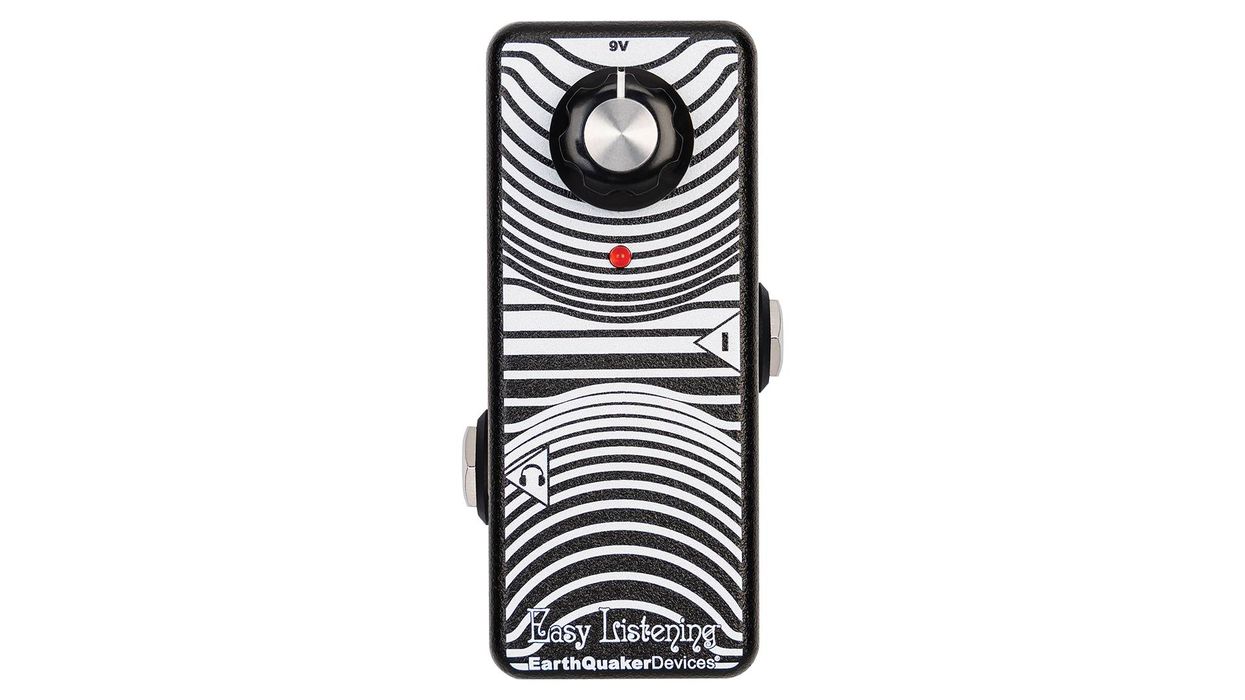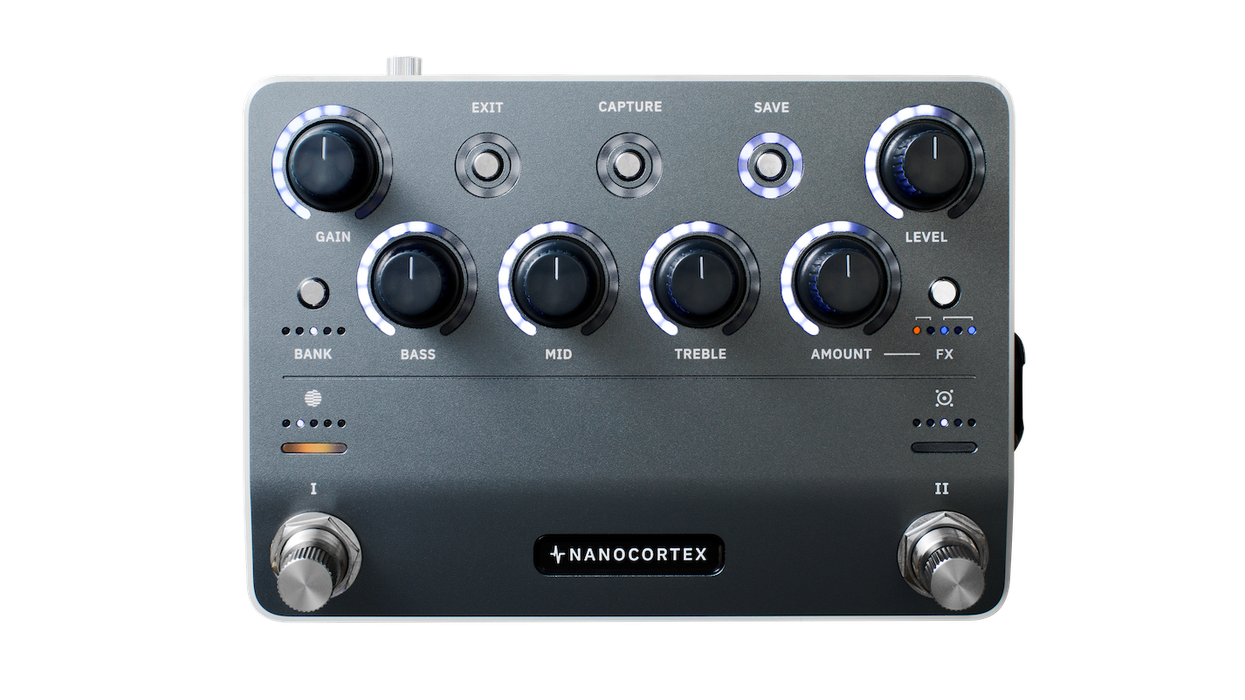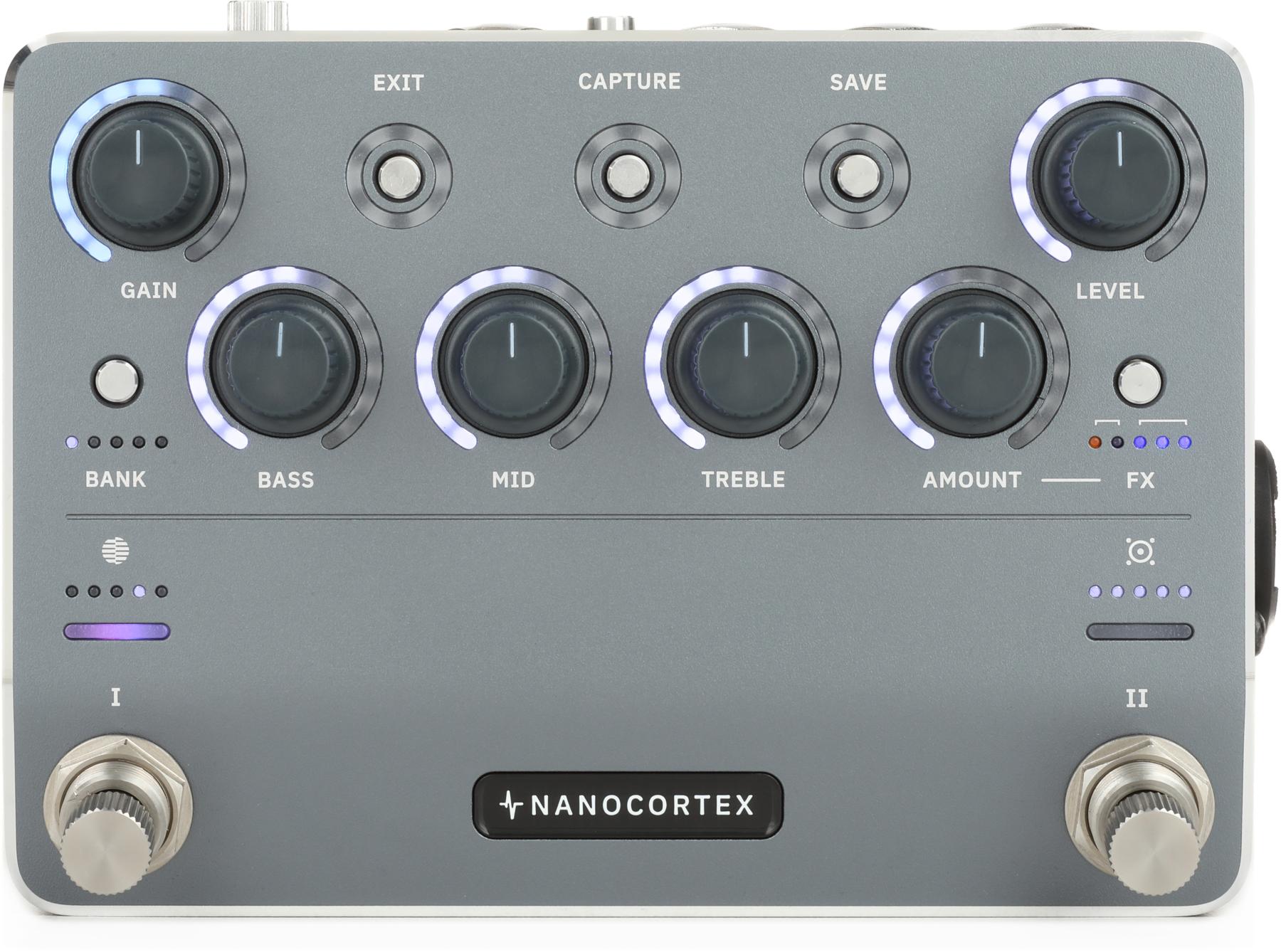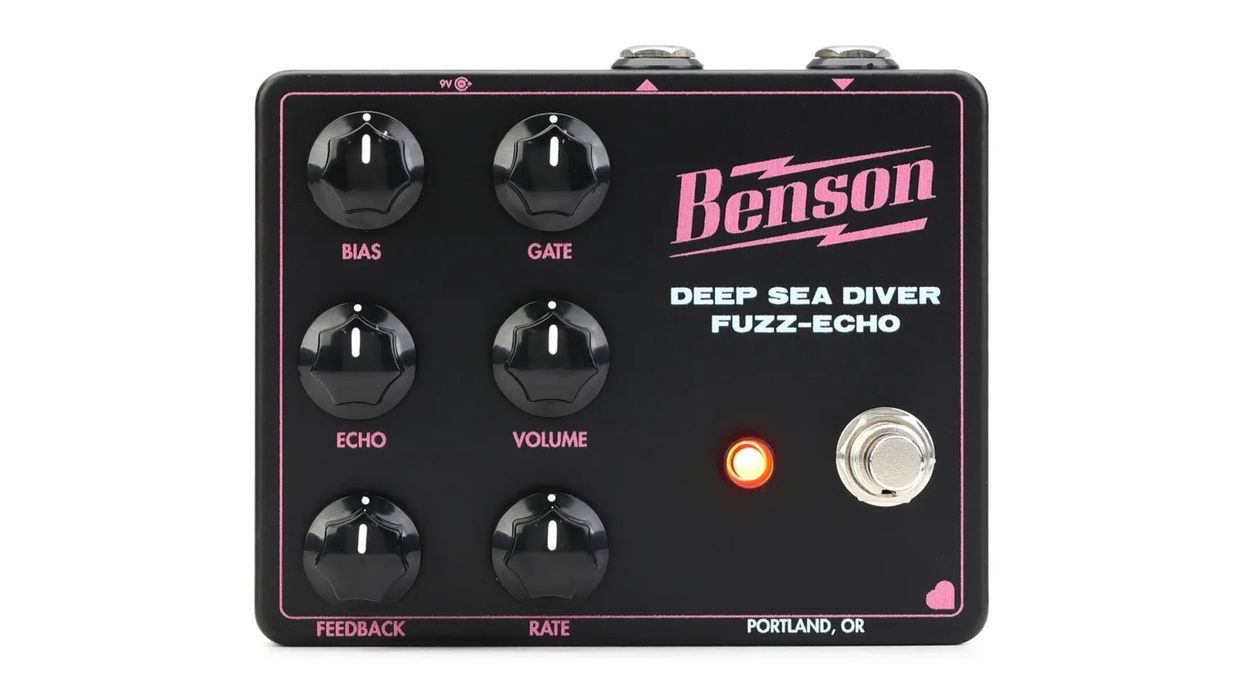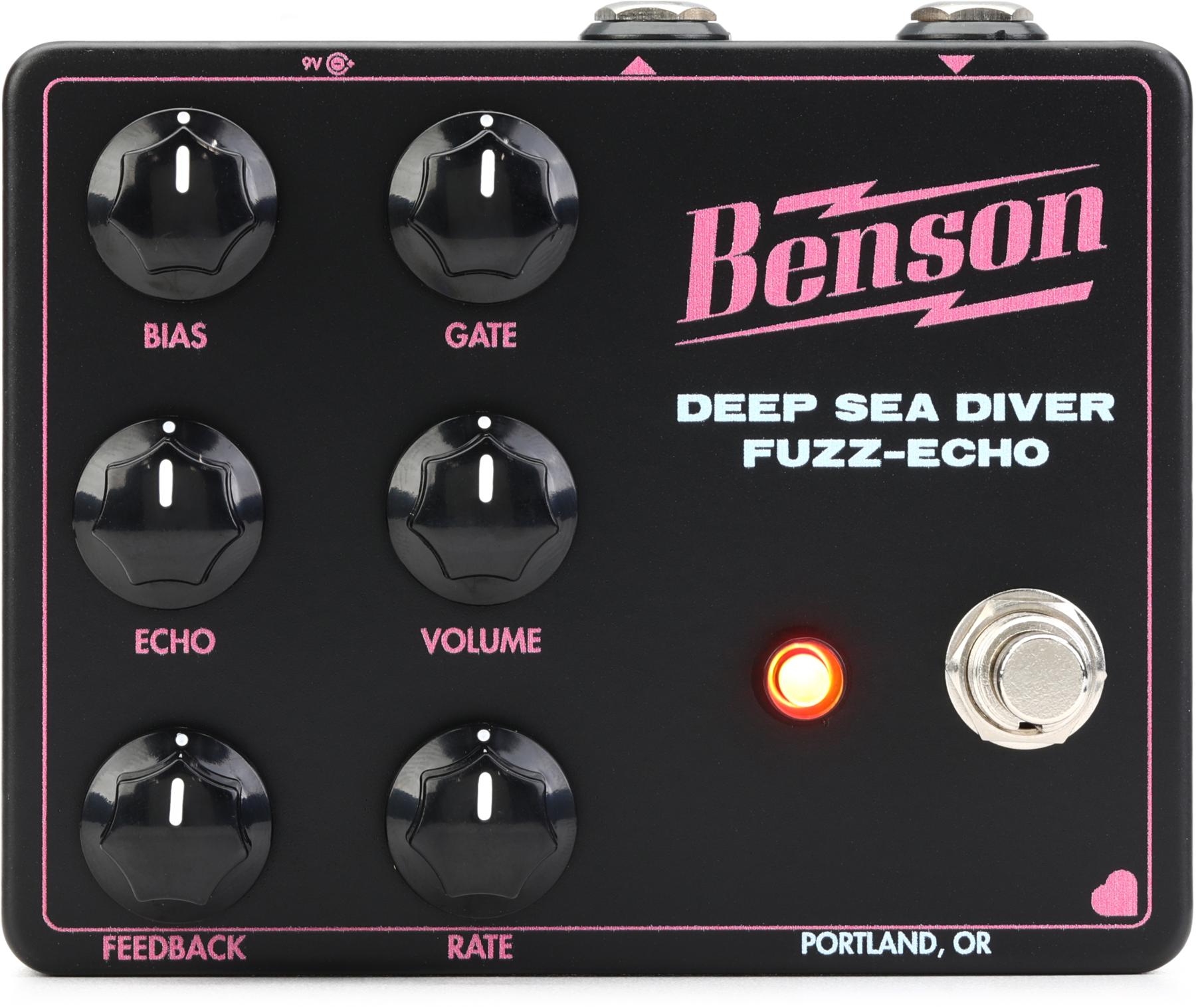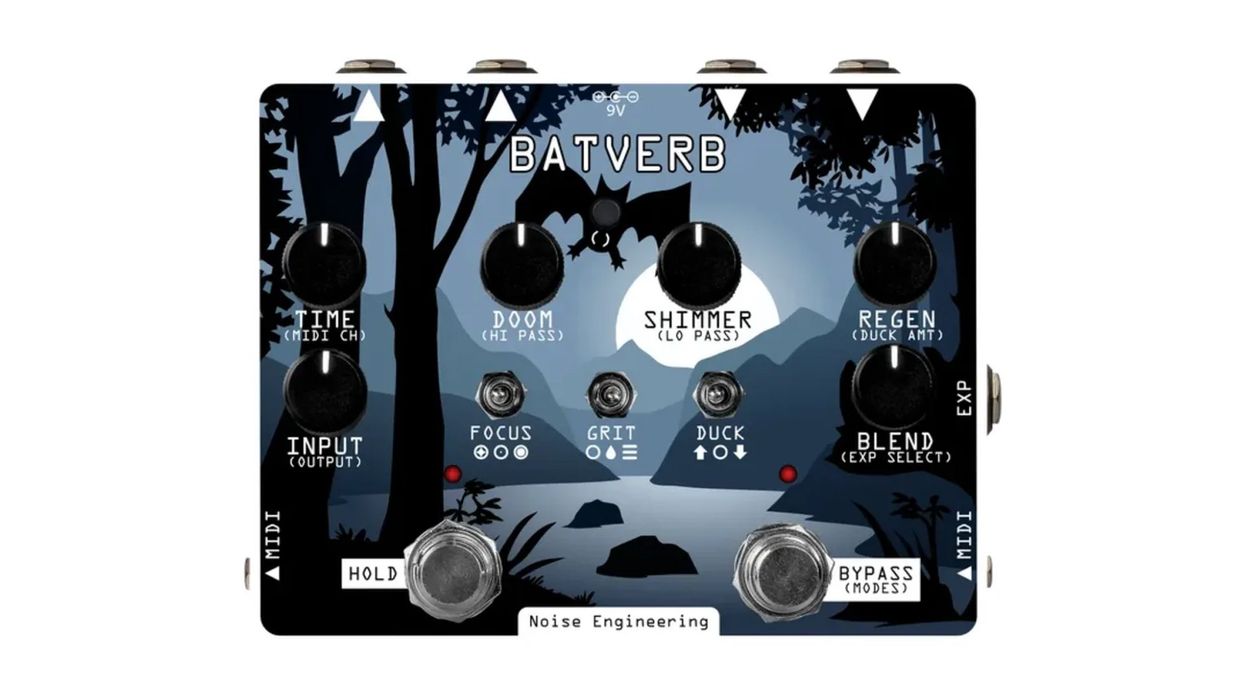A handsome 3-in-1 boost, EQ, and filtering stomp offers unique tonalities.
Mile End Pique Demo Vid
Mile End Effects’ Justin Cober, who runs the one-man operation out of his Montreal basement, advertises the Pique as a “dynamic preamplifier, buffer, and harmonic enhancer.” That’s a mouthful for what looks like a fairly simple stomp with single knob and four rocker switches, but the Pique lives up to the billing. It’s one of the more creatively stimulating and inspiring boost/EQ/buffer combos I’ve encountered.
Pique Behind the Curtain
The Pique’s design is rooted in the company’s Preamp 150, which is an homage to the preamp in the Roland RE-150 Space Echo. But the Pique has a much wider range of capabilities. Rather than just boosting one frequency or another, the Pique creates, as Cober puts it, “higher-order harmonics by implementing filtering, very slight phase shifts, and musically related harmonics to the audio signal.” Each of the three EQ-related switches functions a little differently.
The brilliance switch employs a capacitor to filter low-end frequencies and emphasize midrange. The “high freq” control runs upper frequencies through an op-amp circuit that generates distortion and extra harmonic content, while lower frequencies remain unaffected. “Low freq,” on the other hand, uses a phase-shifted low-pass filter to achieve similarly targeted saturation and compression on the opposite end of the EQ spectrum.
The boost switch activates the Preamp 150 section, and the unit’s prominent knob controls the effect’s level. This all makes the Pique a cinch and a pleasure to use: four switches, one knob, less overthinking, more playing. Keep in mind that the pedal requires 250 mA to operate—a much higher draw than most boost or EQ pedals. It’s more than the draw from most simple boost or EQ pedals.
Pique Performance
The Pique’s buffer can be activated alone by turning all the rocker switches off and turning the pedal on. It gives a just-noticeable lift to a dry signal, especially in the airy high frequencies that drip away over a lengthy signal chain. Switching on the Preamp 150 boost circuit takes that lift further, lending presence, chime, and breadth to whatever you feed it. It’s a great always-on effect, but the extra clarity and sparkly high end make it a great lead boost if you kick up the level.
The harmonic excitement aspect of the pedal, though, is where the Pique opens up new avenues. Cober’s design considerably thickens selected frequencies, which feels like the sonic equivalent of turning a fine-tip pen into a broad, inky marker. And rather than simply a surgical, colorless EQ bump, the Pique’s frequency boosts often feel like distinct, specialized effects that blend overdrive, clean boost, and EQ. They accentuate certain elements of your guitar’s signal, for sure, but they also stretch them with subtle harmonics and sometimes delicate, almost imperceptible distortion.
These functions are especially rewarding when the Pique is applied after your dirt pedals, where it excites and texturizes certain elements of other pedal tone profiles. If you’re missing bottom-end heft, flip on low freq, and instead of a blunt bass boost, you’ll perceive a more powerful and immediate low-end character. Add in brilliance and your mid frequencies will experience a similar metamorphosis, yielding much grittier prominence. High freq can yield the same pleasing effect, though some players will want to be careful about how it highlights rogue high frequencies from gain devices in front of the Pique.
The Pique isn’t your average boost or EQ pedal. It’s full of unique sounds that are clearly a product of inventive circuit-tinkering, but also hits the mark for many basic EQ, buffer, and boost functions. To top it off, Cober’s circuit design is matched by his aesthetic eye. Pique is definitely one of the best-looking stompboxes on the market.

